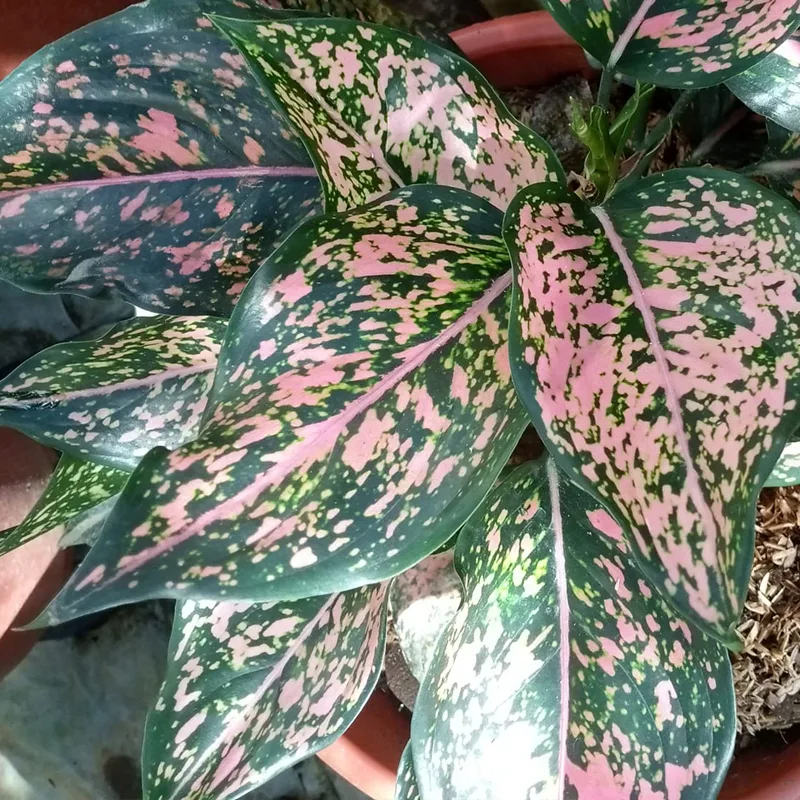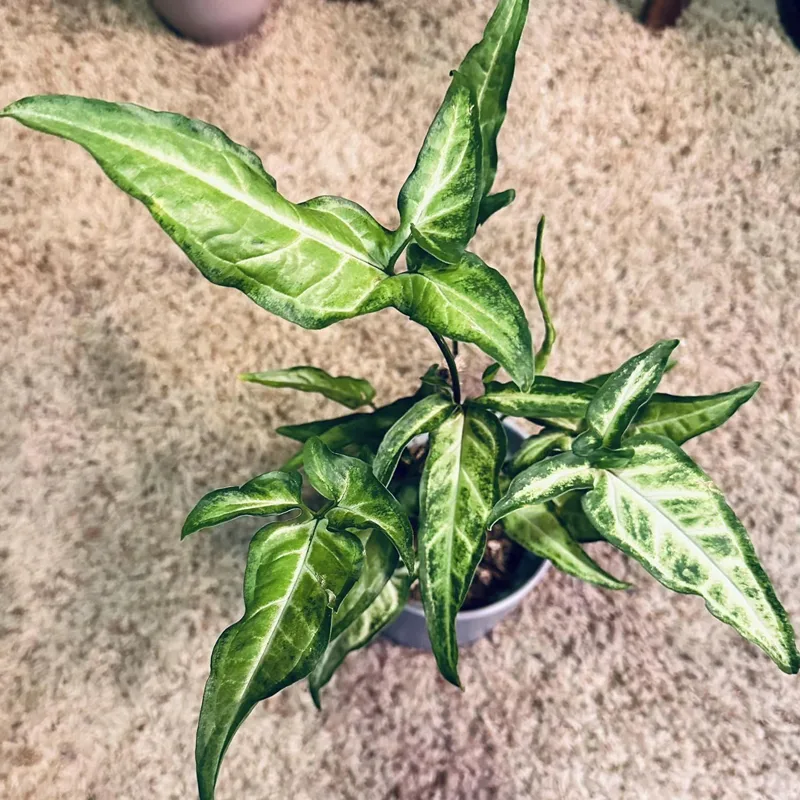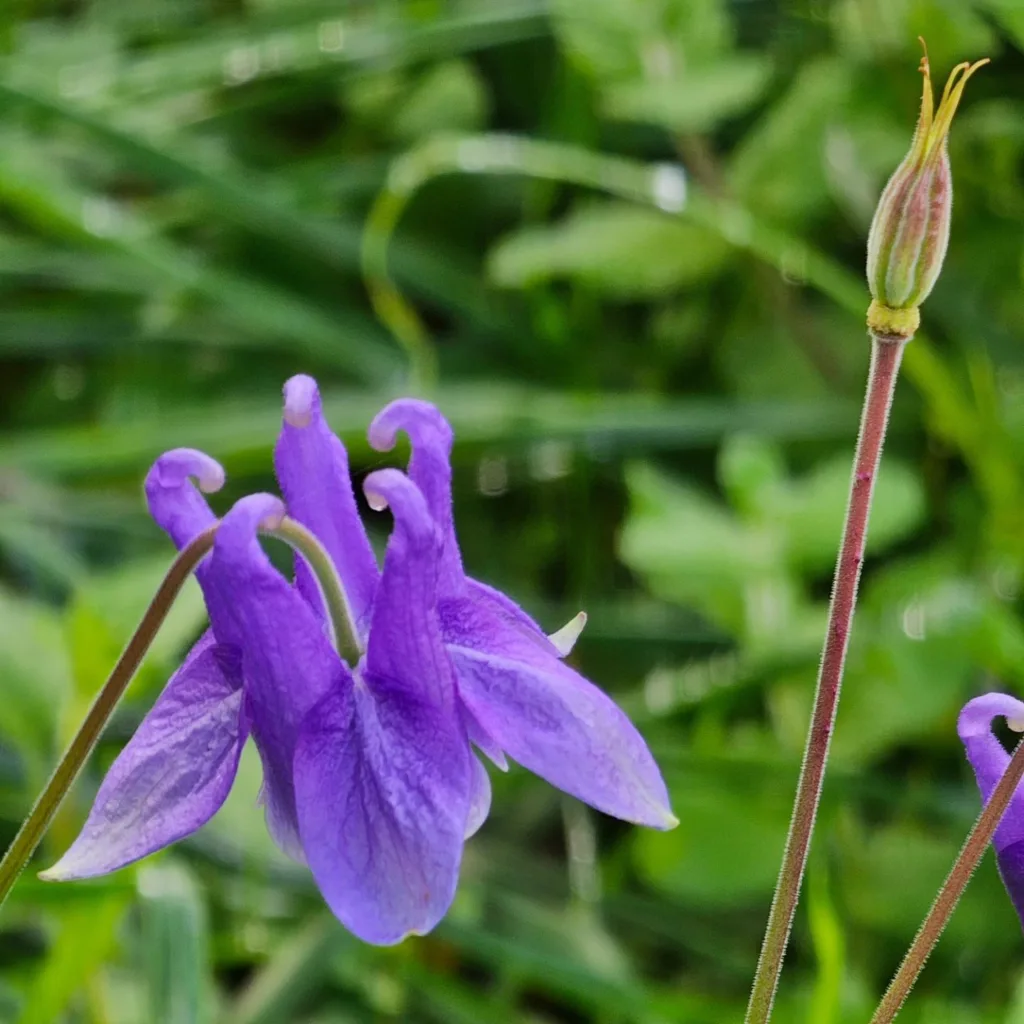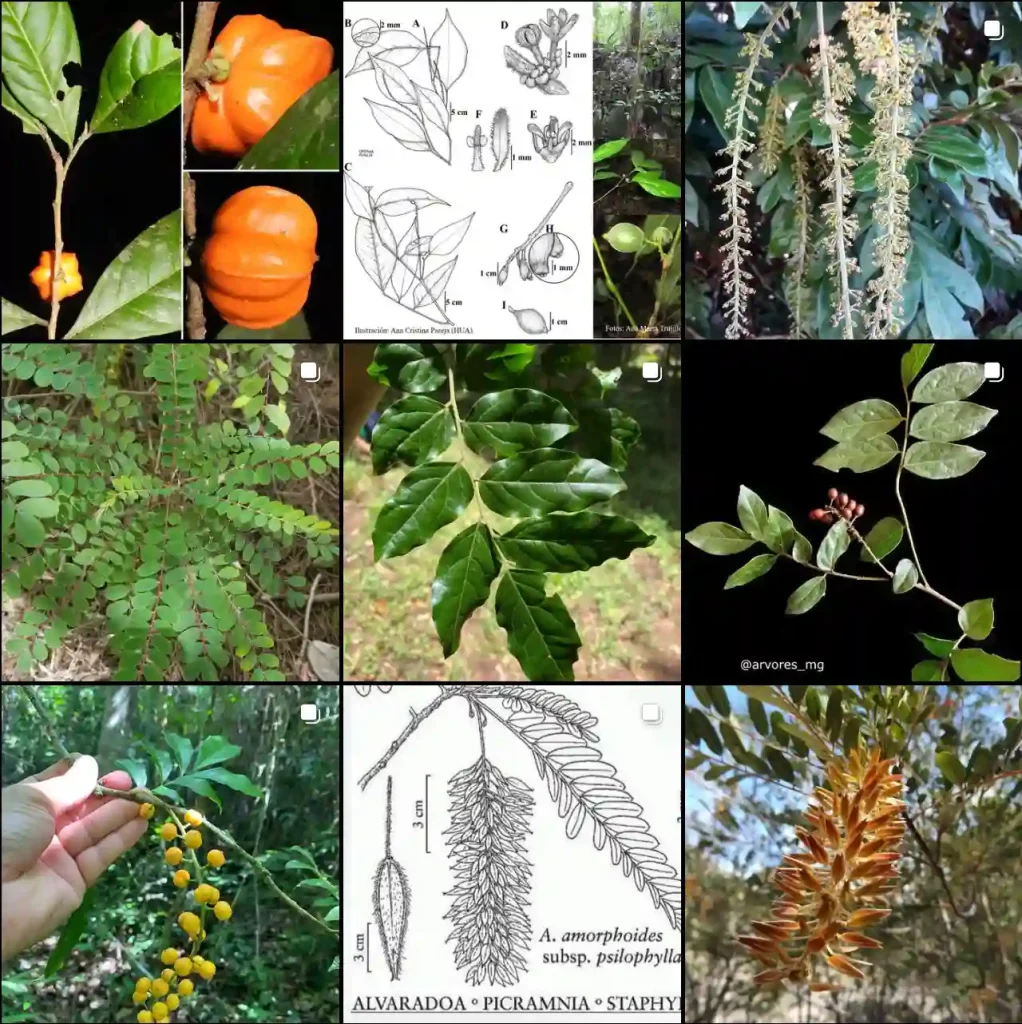Exploring the Fascinating Pandanaceae Family
As a plant enthusiast, my journey through the world of botany has led me to the captivating Pandanaceae family. This unique family, often referred to as the pandanus family, includes various genera that showcase a remarkable diversity of forms and adaptations. In this article, I’ll share my experiences and insights about the genera within this family: Benstonea, Freycinetia, Martellidendron, Pandanus, and Sararanga.
Understanding the Pandanaceae Family
The Pandanaceae family comprises around 750 species spread across approximately 25 genera. These plants are predominantly found in tropical and subtropical regions, thriving in a variety of habitats, from coastal areas to rainforests. One aspect that intrigues me is their adaptability to different environments. Many members of this family have developed unique features, allowing them to thrive where few other plants can.
Genera Breakdown
Benstonea: The Lesser-Known Gem
Benstonea is a lesser-known genus in the Pandanaceae family, primarily found in the tropical regions of Southeast Asia. What strikes me about Benstonea is its unique flowering structure. Unlike many other genera in this family, Benstonea exhibits a more compact growth form, making it ideal for ornamental use. Its leaves are often broad and strap-like, contributing to its overall aesthetic appeal.
Freycinetia: Climbing Wonders
Freycinetia is another intriguing genus that captures my interest. These climbing plants are known for their aerial roots, which allow them to latch onto surrounding vegetation as they grow upwards toward sunlight. I’ve often marveled at how these plants can reach impressive heights in the rainforest, creating a beautiful tapestry of greenery. Freycinetia species often have strikingly patterned leaves, which adds to their visual allure.
Martellidendron: A Unique Adaptation
Martellidendron is a genus that represents a fascinating evolutionary adaptation within the Pandanaceae family. These plants are typically found in New Guinea and surrounding islands. What I find most captivating is their ability to thrive in nutrient-poor soils. Martellidendron species have developed a symbiotic relationship with fungi, which helps them absorb essential nutrients. Observing these adaptations deepens my appreciation for how resilient plants can be.
Pandanus: The Iconic Member
Pandanus, perhaps the most recognizable genus within the family, is known for its distinctive screw-pine appearance. These plants can grow as trees or shrubs and are easily identified by their spirally arranged leaves. My personal experiences with Pandanus have been enriched by its culinary and cultural significance. The leaves are often used in Southeast Asian cooking, imparting a unique fragrance and flavor to dishes. Moreover, the fruit of some species is edible and enjoyed in various cultures.
Sararanga: The Hidden Treasure
Sararanga is a lesser-known genus that deserves more attention. Typically found in the Indo-Pacific region, these plants often grow in dense clumps, creating lush green landscapes. One interesting aspect of Sararanga is its potential use in traditional medicine. Local communities have utilized various parts of the plant for their healing properties, showcasing the rich cultural heritage associated with the Pandanaceae family.
Ecological Importance
One of the remarkable aspects of the Pandanaceae family is their ecological significance. Many species serve as essential components of their ecosystems. For instance, Pandanus trees provide habitat and food for various animal species, including birds and insects. Their intricate root systems help stabilize coastal areas, reducing erosion and protecting shorelines. It’s fulfilling to witness how these plants contribute to the health of their environments.
Cultivation and Uses
Growing members of the Pandanaceae family can be a rewarding experience for any plant enthusiast. I’ve found that many species, particularly Pandanus, adapt well to cultivation. Their unique foliage makes them popular choices for landscaping and tropical gardens. Additionally, the culinary uses of pandan leaves make them a staple in many households. I’ve experimented with incorporating pandan into my cooking, discovering how its fragrant leaves can elevate simple dishes.
Conclusion
Exploring the Pandanaceae family has enriched my understanding of plant diversity and adaptation. From the climbing wonders of Freycinetia to the iconic Pandanus, each genus offers unique features and ecological roles. As I continue to delve into the world of botany, I’m excited to learn more about the lesser-known genera like Benstonea and Sararanga. Whether you’re a seasoned plant enthusiast or just beginning your journey, the Pandanaceae family is a treasure trove of beauty and intrigue worth exploring.
If i die, water my plants!



